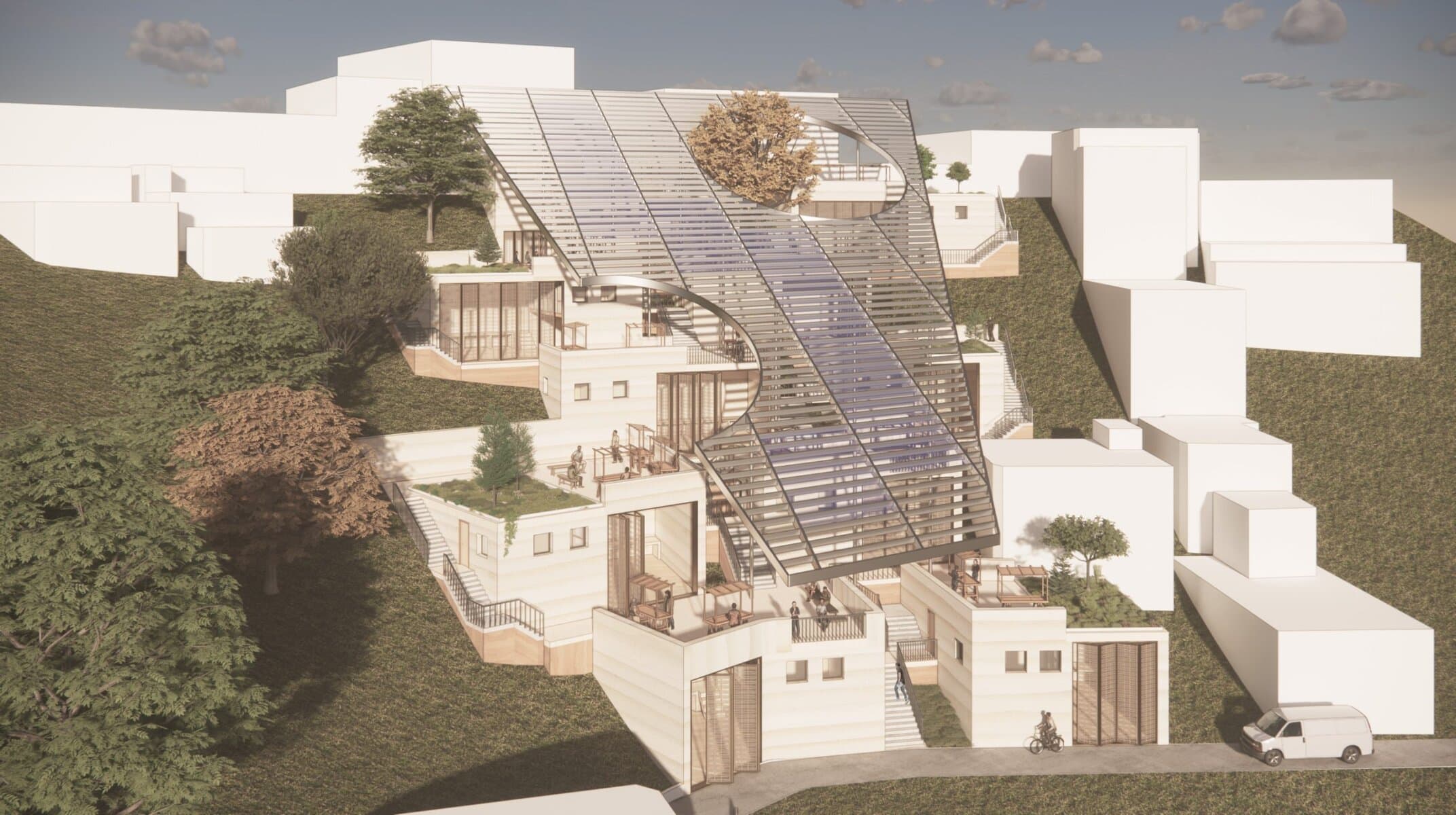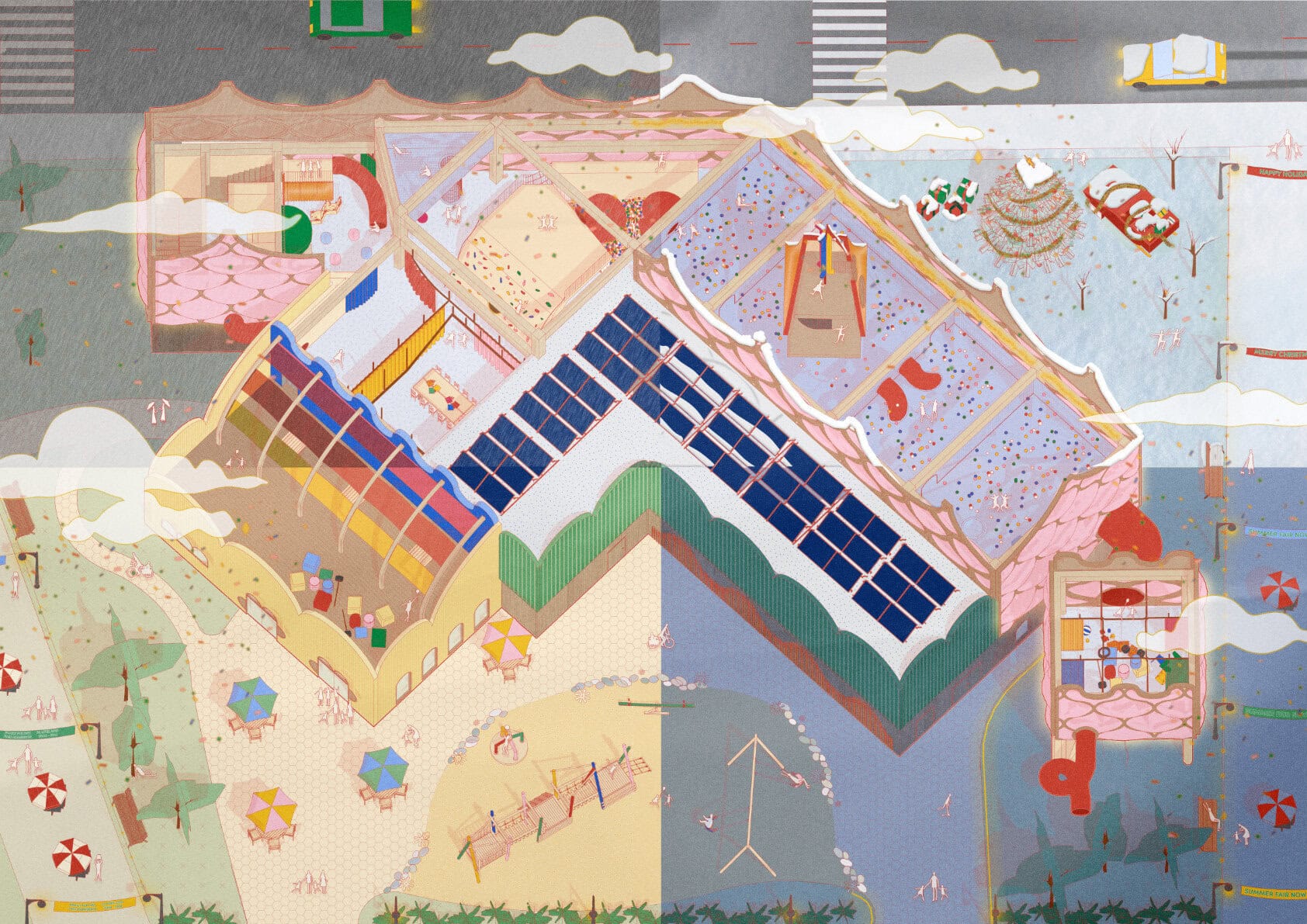RECALIBRATE: Where Recovery Becomes Reinvention in the Heart of Shoreditch
Angelina Constantinides Crafts a New Paradigm for Sports Rehabilitation at 1 Rivington Place
In the vibrant labyrinth of London’s East End, where street art clings to brick like wild ivy and creativity seeps from every studio, an emerging designer is making her mark through a synthesis of form, function, and human resilience. Angelina Constantinides, recent University of Westminster graduate in Interior Architecture—whose distinction is proven by both First Class Honours and accolades such as the Catherine Shonfield Prize for Best Dissertation—has designed RECALIBRATE, a sports recovery centre that ventures far beyond clinical rehab.
Nestled within the culturally revered 1 Rivington Place, RECALIBRATE is a testament to the power of space to heal, inspire, and transform not just the injured body, but the battered spirit. Here, rehabilitation is not an end point, but a threshold—one where setbacks prompt not only healing, but reinvention.
Sanctuary of Resilience: Redefining the Recovery Experience
What sets RECALIBRATE apart is its mission: to be a “sanctuary of RESILIENCE.” For athletes—amateur and professional alike—whose journeys encounter the detours of injury, the interior becomes more than a setting for therapy; it is a landscape for self-discovery and empowerment.
Constantinides’ approach recognises recovery as a deeply personal journey, as much about mental tenacity as it is about regaining physical form. Healing is treated as a holistic venture—where the boundaries between mind and body are blurred, where mindfulness anchors high-tech treatments, and where empowerment lies in regaining control over narrative, not just mobility.
“Too often, recovery is treated as a sterile, mechanical procedure,” notes Constantinides. “RECALIBRATE flips this paradigm: It is a space charged with purpose, designed to encourage athletes to reflect, recharge, and ultimately reinvent themselves—with or without the sport that first defined them.”
Designing Dualities: Where Technology Meets Tranquility
Spatially, RECALIBRATE is a masterclass in contrasts—marrying state-of-the-art recovery technologies with restorative environments that soothe rather than startle. Lighting is calibrated to foster focus and calm, surfaces invite touch without sacrificing hygiene, and circulation flows smoothly between private “pause zones” and active therapy arenas.
Visitors enter through an unassuming threshold, greeted by an interplay of natural textures and subtle forms—oak flooring underfoot, birchwood panels echoing upward, and glimpses of greenery softening industrial lines. The centre’s heart houses advanced therapy suites, including cryotherapy pods and hydrotherapy pools that promise a futuristic edge. Yet, these innovations sit in quiet dialogue with sensory rooms and contemplative lounges, spaces where athletes are invited to process, meditate, and envision what comes next.
The careful balance between high-tech and high-touch reframes rehabilitation—from something endured, to something experienced and embraced, mirroring the broader philosophy that recovery is never linear, but cyclical, recursive, and deeply human.
Art as Catalyst: Integrating Rivington Place’s Cultural Heritage
Perhaps the centre’s most visionary touch is its gallery—a space in perpetual flux, embedded within the recovery centre’s core. This evolving exhibition showcases stories of endurance from athletes both celebrated and unsung, turning the act of reflection into a communal, artistic experience.
Constantinides chose to honour Rivington Place’s artistic legacy by curating rotating installations that visualise themes of struggle, perseverance, and rebirth. Here, art and sport are not parallel pursuits but kindred expressions of resilience, sharing narratives that give voice and visibility to the hard-won victories of the rehabilitation journey.
In this way, RECALIBRATE becomes a gathering space not just for recovery, but for community—a crucible where isolation often felt during injury is met with fellowship, and where externalising one’s journey through art fosters both healing and inspiration.
From Learning to Leading: Constantinides’ Academic Journey
That such a nuanced and multi-dimensional project could emerge from an early-career designer is testament to Constantinides’ commitment and vision. Her academic achievements reinforce this: nominated for the VOLA Best Portfolio Prize and recipient of the Catherine Shonfield Prize, she has earned recognition for both her rigorous research and design prowess.
Throughout her studies at the University of Westminster, Constantinides distinguished herself by integrating theoretical depth with pragmatic sensibility—a blend clearly visible in RECALIBRATE’s conceptual clarity and user-focused detailing.
Connect and Collaborate: A Talent Ready for the Next Challenge
Now, as she seeks new opportunities within the architecture and design professions, Constantinides is eager to apply her sensitivity, creativity, and commitment to user-centred experience within forward-thinking practices or multidisciplinary teams. Her inclination toward projects that blend wellness, artistry, and spatial innovation is unmistakable, and her portfolio stands as a compelling invitation to those invested in shaping the next generation of healing spaces.
To connect with Angelina Constantinides, discover her vision, or explore collaborative opportunities, you can reach out on LinkedIn, follow her design journey at @consta.designs on Instagram, or email her directly at constagraphicss@gmail.com.
A New Archetype for Recovery Spaces
Ultimately, RECALIBRATE stakes out a new territory for sports recovery: one that takes the language of resilience seriously, fusing design, technology, and art to challenge conventional boundaries. Under Constantinides’ hand, each setback becomes a prologue to something greater—and each centimetre of space, a canvas upon which futures are recalibrated, and second acts are written.
In the heart of Shoreditch, recovery finds a new narrative, and designers like Constantinides ensure that journey is as transformative as the destination.











Add a comment